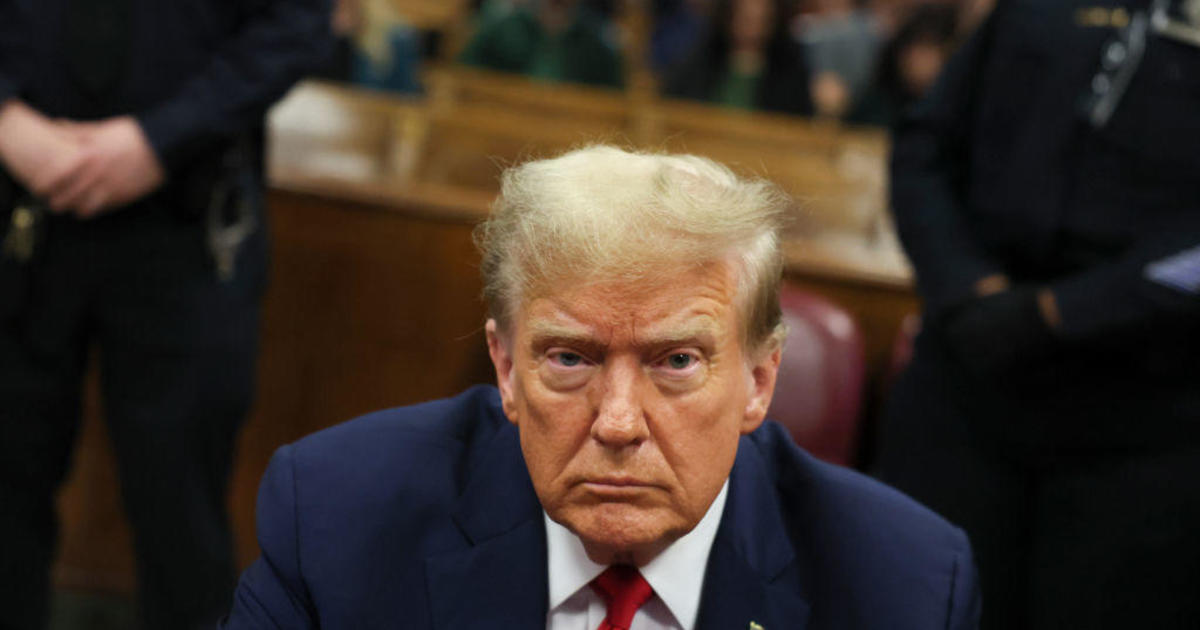Trump administration weakens plan to expand overtime pay
The Trump administration has issued a rule that will make overtime pay available to 1.3 million additional workers, but that replaces a more generous plan advanced by former President Obama that would've covered nearly 5 million more people.
The Labor Department said Tuesday that it is raising the salary level that companies will have to pay to exempt workers from overtime to $35,568 a year, up from $23,660. Americans earning less than that amount will typically be paid time and a half for any work over 40 hours a week.
The prior threshold of $23,660, has been in place since 2004. The new threshold of $35,568, adjusted for inflation, would be equivalent to a salary of about $26,300 that year.
The new rule will benefit retail, fast-food restaurant and home-health-care workers, as well as other lower-paid workers. Many employees in those industries have been paid just above the $23,660 threshold. They are then required to work overtime without extra pay.
But many worker rights' group and left-of-center economists criticized the Trump administration's move for covering far fewer workers than an earlier proposal issued by the Obama administration in 2015.
Under the Obama administration, the Labor Department proposed raising the threshold to more than $47,000, which would have made nearly 5 million more workers eligible for overtime. That rule, however, was struck down in court after being challenged by states and business groups. The Trump administration declined to defend that rule, instead opting to issue a new rule with a lower salary level.
Christine Owens, executive director of the National Employment Law Project, also criticized the new rule for not including a provision to regularly increase the threshold. The Obama administration's proposal would have indexed the level to wage growth and adjusted it every three years.
"The Trump Labor Department's rule says that if you make more than $35,568 a year, you're a highly paid executive, administrator or professional who doesn't need overtime pay," Owens said.
In the 1970s, more than 60% of workers were eligible for overtime pay, said Heidi Shierholz, an economist at the left-leaning Economic Policy Institute. That figure fell to just 7% in 2016. The threshold hasn't been increased since 2004.
Shierholz estimated that 3.2 million workers who would have benefited from the earlier rule will not be eligible for overtime under the new standard.
The U.S. Chamber of Commerce praised the rule, calling it "balanced and responsible."
That said, it's still possible that the new rule will be challenged in court, just like its predecessor.
"This is an effort to find a middle ground," said Susan Harthill, partner at the management-side law firm Morgan Lewis, in a statement. She added that "it may be challenged by either or maybe both sides."



